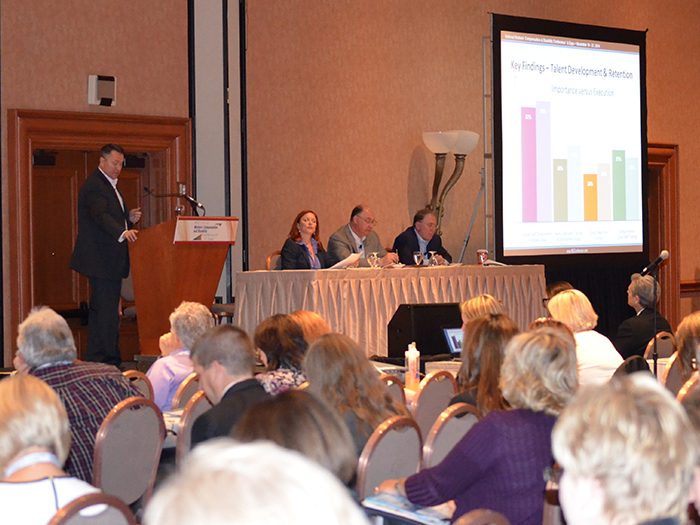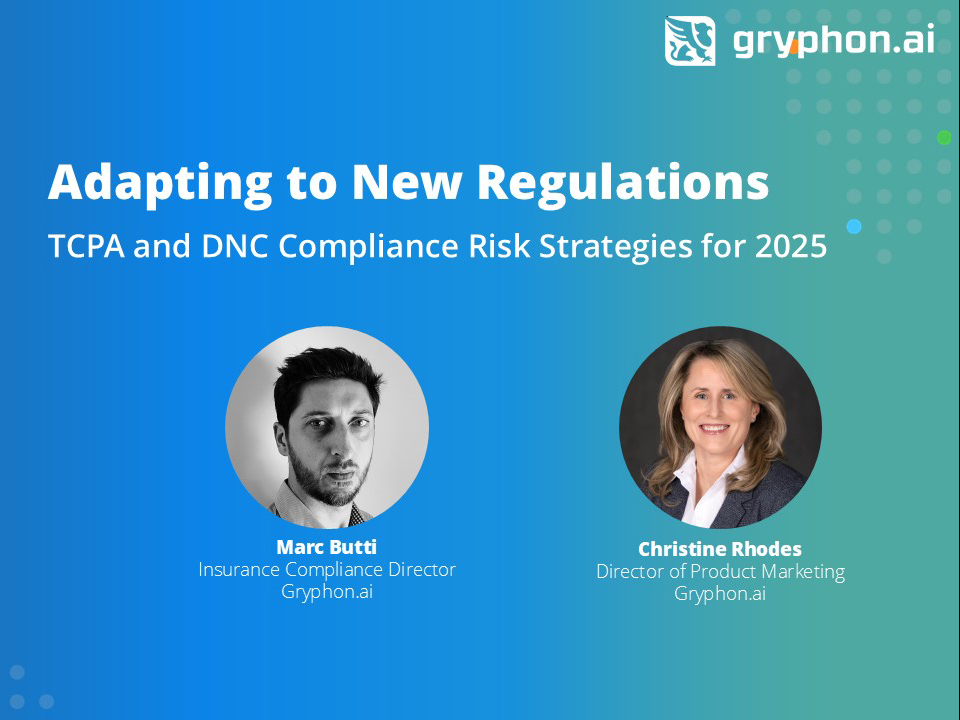NWCDC Chairman's Message
NWCDC Presentation ‘Wish List’ Released

With the deadline approaching for submitting proposals to speak at the National Workers’ Compensation and Disability Conference & Expo, the event’s speaker selection team wants to share a list of topics it is eager to see presented. The extended deadline is March 9, 2018.
NWCDC 2018 will take place Dec. 5 – 7 at Mandalay Bay in Las Vegas.
In general, the two most important practices for getting selected to present at NWCDC call for including an employer who has implemented the solutions to be discussed, and has obtained outcomes they can share with the audience.
Keep in mind, NWCDC prefers practical solutions that others can implement. Theoretical and future-looking discussions may be appropriate in some cases, though, such as for the conference’s Technology Track.
Another practice that can boost the potential for getting selected to present during the event is to submit multiple RFPs. One organization submitted 16 last year. This helps by increasing the likelihood the selection group will find a topic that both stands out from other potential presentation ideas, and also fills a specific need the selection group has identified.
The conference also wants technical topics for addressing claims medical management and litigation management.
Below is a list of presentation topics the selection committee and NWCDC board members would like to see addressed at NWCDC in 2018. But keep in mind that other topic proposals are also welcome and no less valuable.
- How do you move to quality care based on provider outcomes and value-based care? We don’t just want to know about contracting with a network of rated doctors. We want the nuts and bolts of how you actually put a program into place. How do you go about it? How do you move from a fee-for-service model to a value-based structure? Are there different forms of provider reimbursement that are preferred?
- Addressing cyber risks when transferring employee data between vendors.
- What are employers, TPAs and insurers doing to stop future drug addiction at the point of sale and with clinical programs. PBMs mostly fill scripts then eventually send up red flags and chase the problem after their warning signs are triggered. They essentially do retro reviews. There are, however, some pioneers doing work up front, such as patient education, before the script is filled. Those are the types of programs NWCDC wants to hear about.
- How to avoid delays in medical treatment so the injured worker isn’t waiting to receive care.
- The use of mobile service apps for physical therapy, telehealth and mobile health. This session could really benefit from combining service providers with an employer.
- Managing the tail. Strategies for managing long-tail claims. What are biggest challenges and how do you overcome them? This is different from settling or closing old-dog claims. This is more about how do you manage them when you are not eliminating them, like you might try with old-dog claims. How do you manage future medical, etc?
- Realistic emerging technology in medical treatment. This session might focus on a range of technology rather than single products as NWCDC frowns on product pitches.
- What models of risk transfer, risk sharing and risk financing will arise? What are their differences, who is implementing them and what is getting traction? Consider organizations such as Teambrella, the bitcoin enabled peer-to-peer insurance, Lemonade and Dynamis.
- Apps for allowing early or self-reporting and follow up with doctors. How might these lend themselves to the injured-worker advocacy approach and employee engagement?
-
How do evidence-based medicine and pharmacy formularies in different jurisdictions potentially impact claims and medical management?How might understanding these differences help employers and other claims payers operationalize programs? How do employers take advantage? There is a lot of opportunity to improve employer programs if claims payers can take advantage of states implementing evidence-based care and formularies.
- The future of work and workers’ comp and how will robotics and artificial intelligence impact the workplace and insurance arrangements. Most of today’s discussion on this topic focuses on current robotics use. But what will it look like in the future? This session can be both practical (such as employer and insurer or broker speaking on how this is impacting insurance and claims currently) and theoretical (as in what will the future look like).
- Improving claims outcomes through settlement practices. This could be a good technical claims topic.
- Cost-conscious improvements in your workers’ compensation program, or how to get better at claims management without spending a lot of money.
- Buying quality services. How to evaluate vendor quality and performance.
- Opioid litigation risks and what to do to ovoid the exposure. This would focus on claims payers mitigating the risk of getting sued for their role in opioid prescribing.
- Topics on employee health and safety, such as how to use predictive analytics for developing pre-loss strategies and tying those pre-loss strategies to post-loss information gleaned from predictive modeling. How organizations use preventative programs like physical therapy and safety walkarounds to prevent injuries.
- Leading indicators.Improving safety and claims management now relies mostly on evaluating lagging indicators. But increasingly, employers want to know what leading indicators will tell them they are being effective. What do they measure to tell them they are doing things right and won’t have certain future problems? How do you identify potential leading indicators and how do you measure them?
- There’s been a pretty big shift in the minds of workers’ compensation professionals — away from a heavy emphasis on cost reduction and toward an increased focus on the experience of various stakeholders, especially the injured worker and the employer. Why has this has happened, what does this shift mean and where is it headed?
- A new trend in MSAs. It’s no longer just CMS that wants to recover money for Medicare eligible patients. State agencies such as unemployment departments and disability programs are also starting to get in on the act.
-
The injured worker advocacy movement says fewer investigations is a smarter strategy. So what is the value of not doing an investigation? Are recorded statements and surveillance counterproductive when you are telling employees you are adopting a worker advocacy approach? How do you measure ROI on investigations and recorded statements and limiting them.
- And speaking of the advocacy movement. We have had presentations on what it amounts to, but do we now have results speakers can share? What has been advocacy’s impact on cost reduction? In the past, NWCDC focused on what advocacy looked like, now we want to know more about lessons learned, the challenges and the results obtained from implementing it. Who has data?
- And finally, marijuana. What are the current challenges to understanding its impact on the workplace. What are the regulatory and drug testing challenges?
Visit the conference website for more information about NWCDC and the speaker proposal form.











